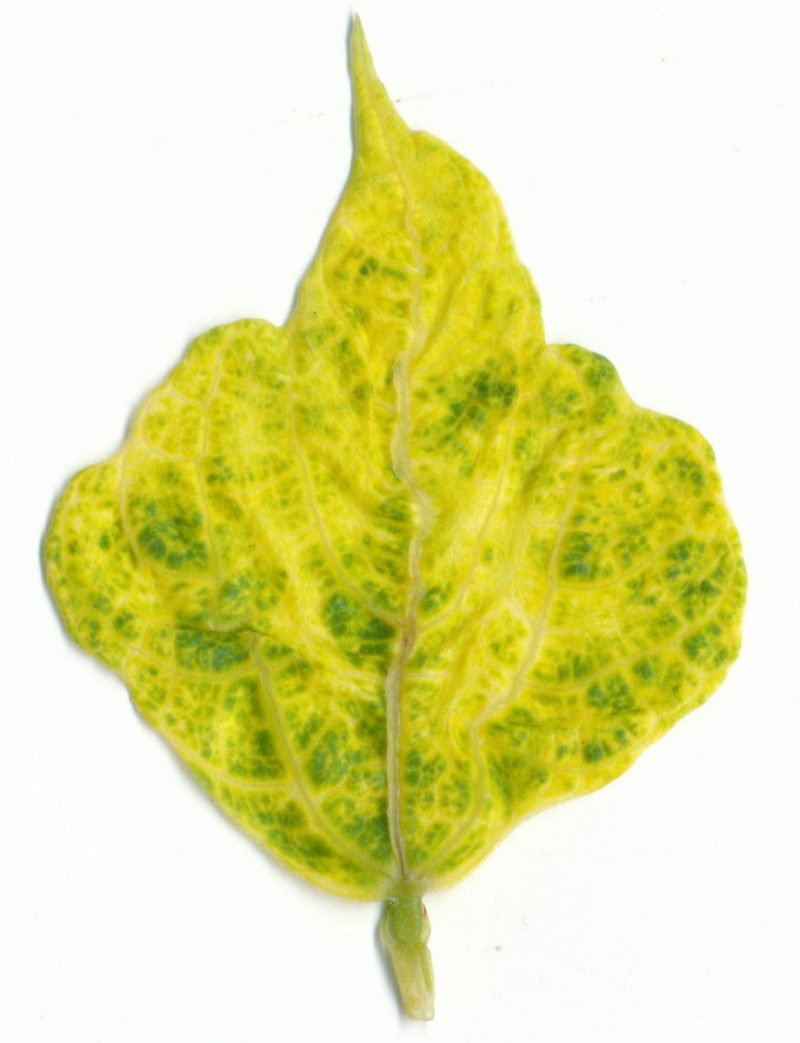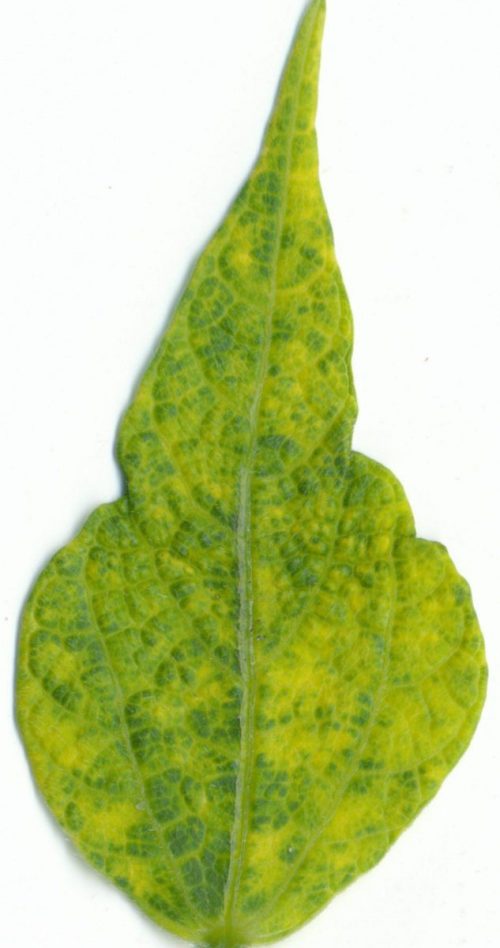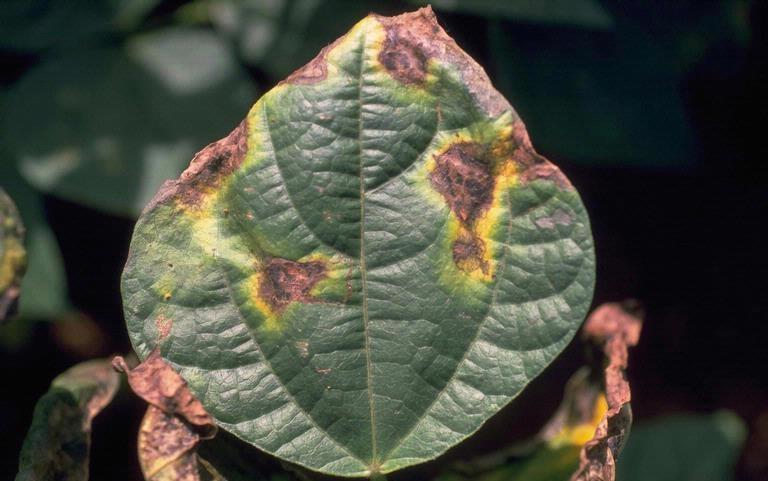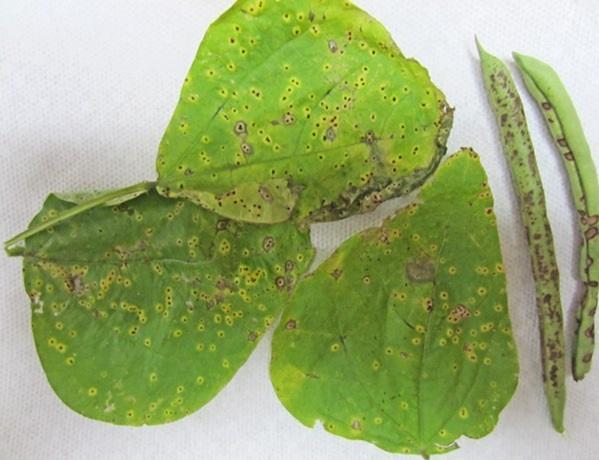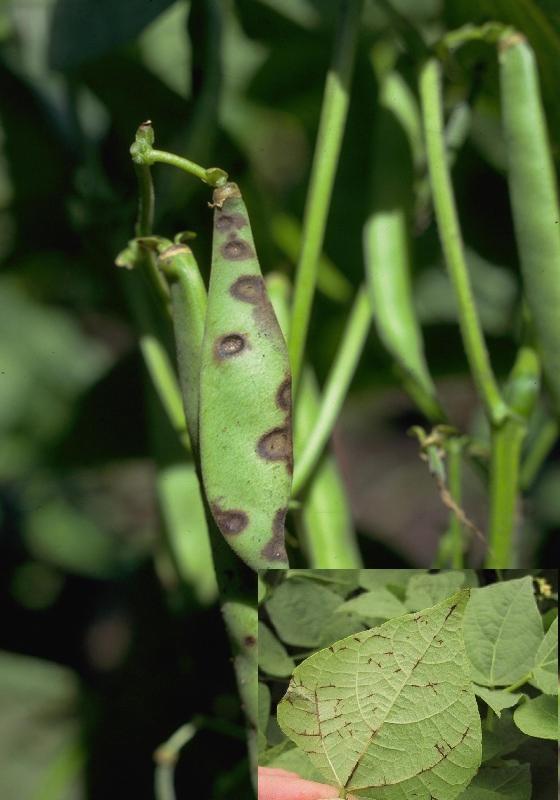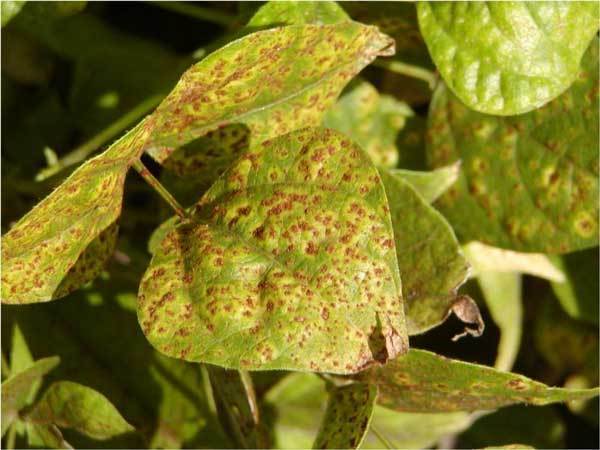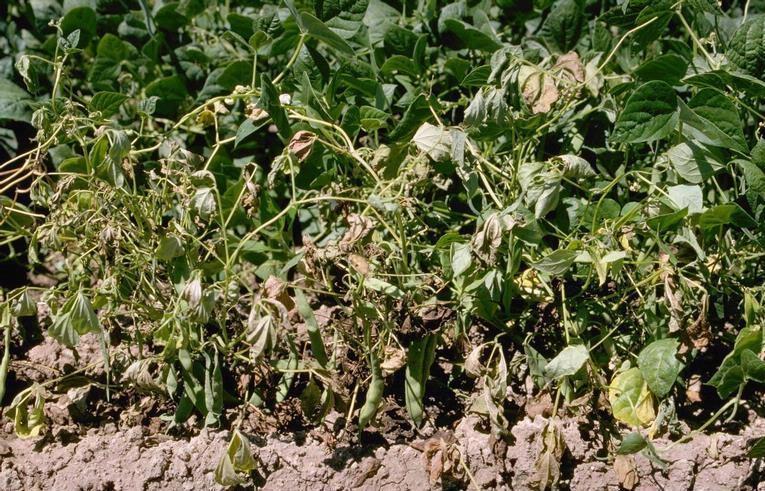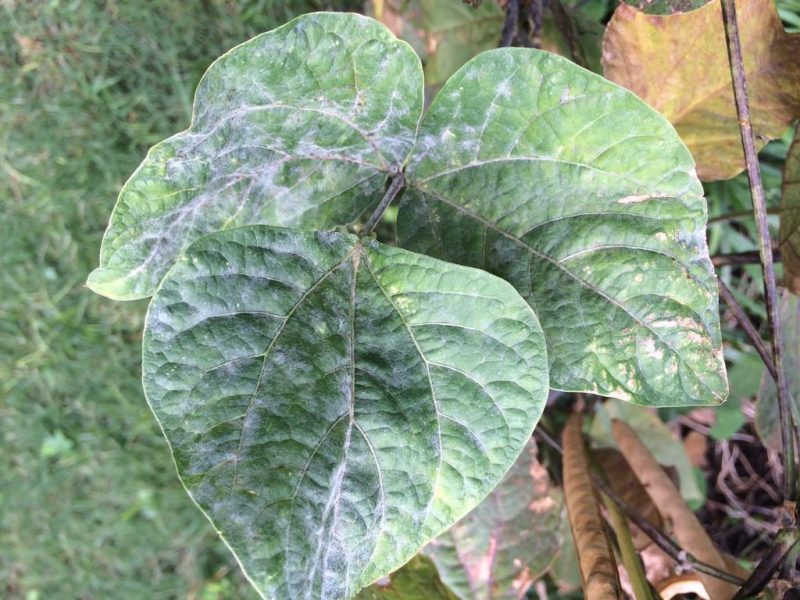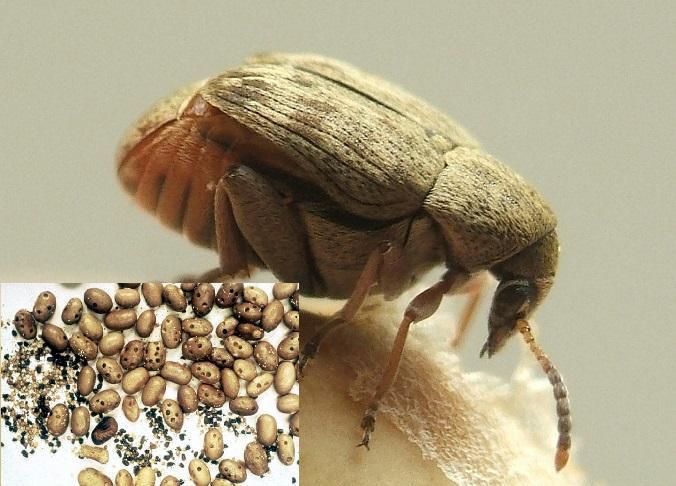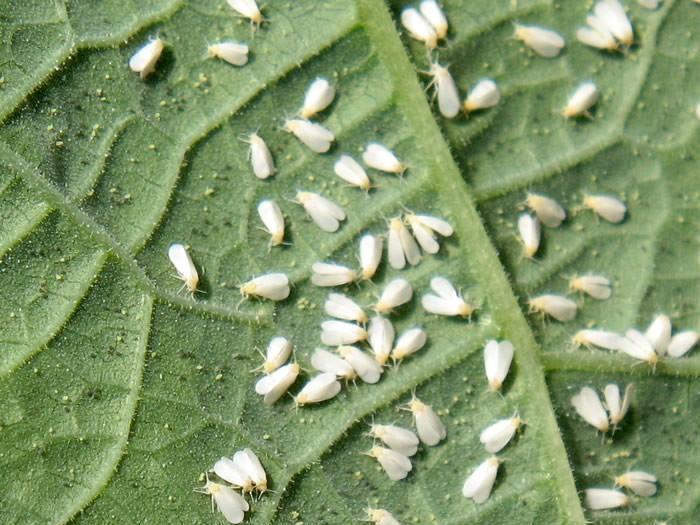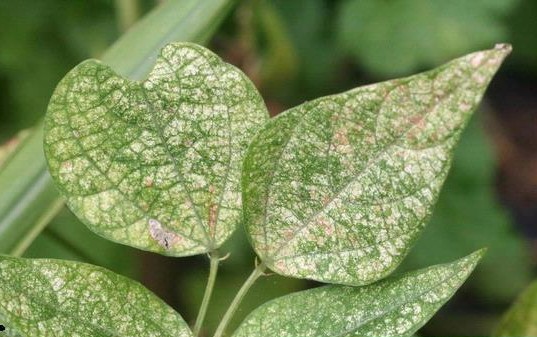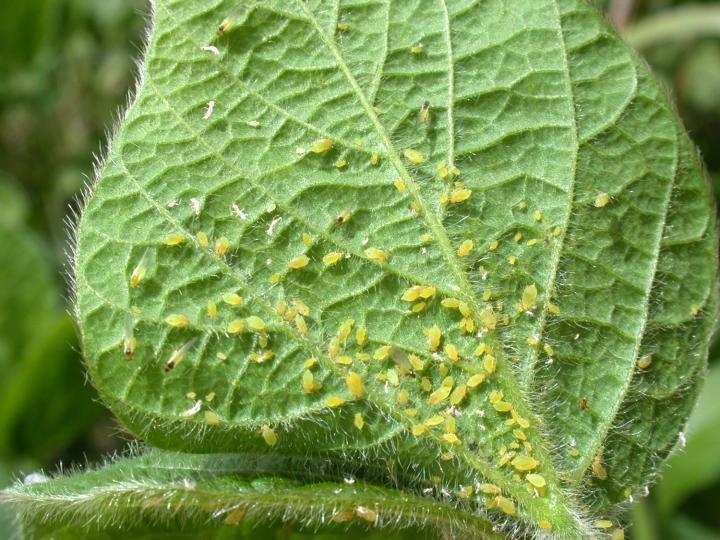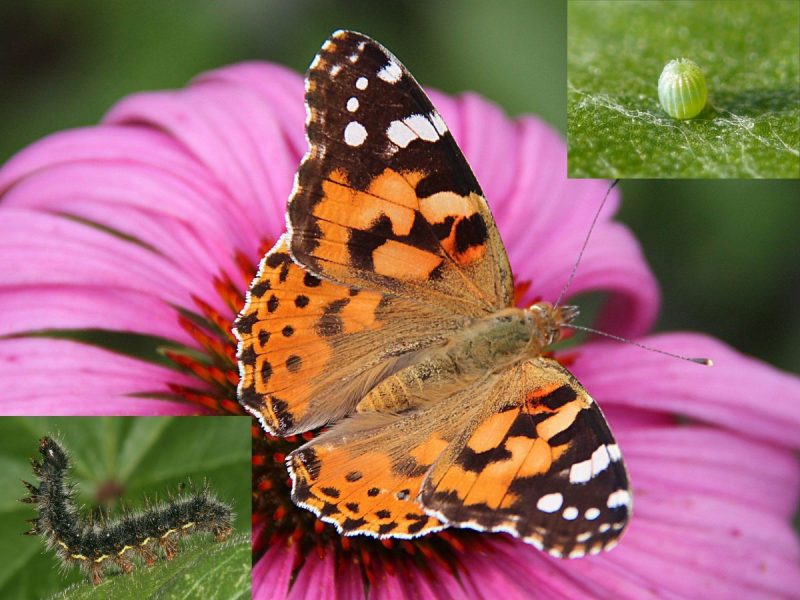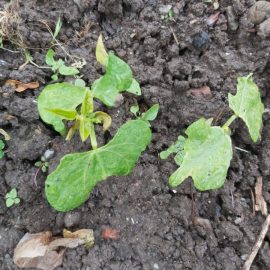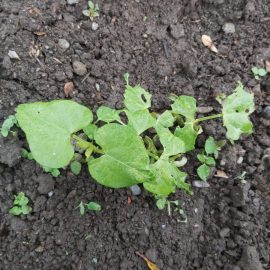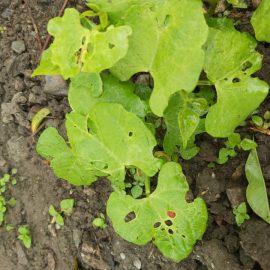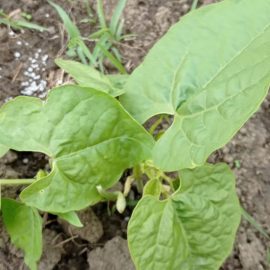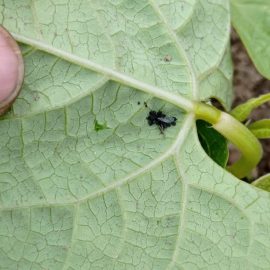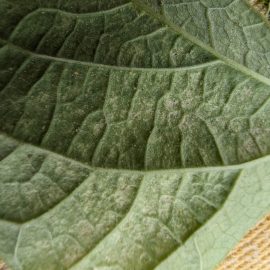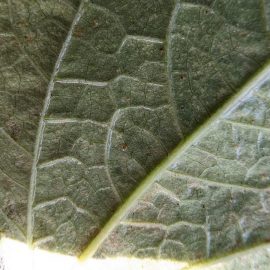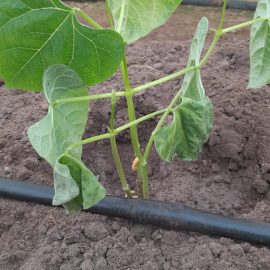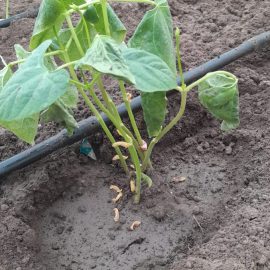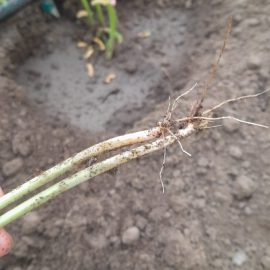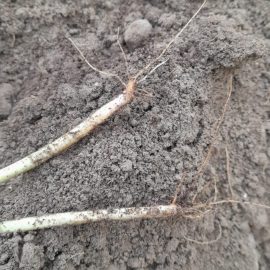Beans, treatments against pests and diseases
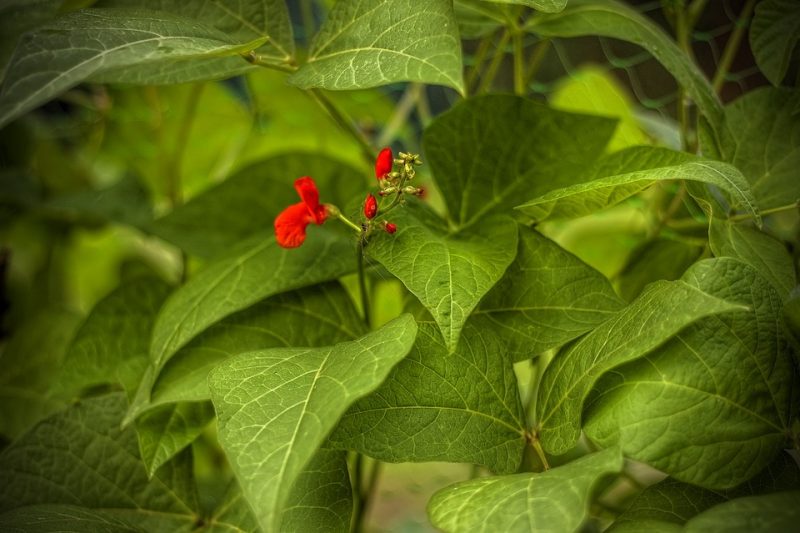
The bean (Phaseolus vulgaris) is an annual plant, native to Central and South America. It was brought to Europe in the 16th century by the Spanish and Portuguese. There are two varieties used in crops: plants with undetermined growth and plants with determined growth (bush). It is a popular plant and is widely used in food, being an important source of protein, vitamins (A, B6, C, K), calcium, magnesium, folic acid, iron, phosphorus, zinc, and potassium. Common beans can be affected by pests and diseases, against which it’s important to apply the right bean treatments.
The main diseases of beans
Viruses
Bean yellow mosaic virus
It manifests as small yellow spots on the leaves, especially near the veins. In susceptible varieties, the yellowed areas cover the entire leaf, and the plants are weakly developed and form small pods. The virus is transmitted by aphids.
Prevention and control measures:
- using healthy and certified seeds;
- destroying plant debris after harvest;
- removing affected plants from the crop;
- growing resistant varieties;
- applying insecticides to control aphid population;
Bean common mosaic virus
Symptoms appear at temperatures of 18-36℃. Light green or dull patches appear on attacked leaves, contrasting green tissue. Plants remain small, have weak flowering, and form small, deformed pods. The virus is transmitted by aphids, by pollen, or through work equipment.
Prevention and control measures:
- using healthy seeds;
- destroying plant debris, after harvest;
- removing affected plants from the crop;
- growing resistant varieties;
- insecticide treatments to control the aphid population;
BACTERIOSIS
Common bacterial bean blight (Xanthomonas campestris pv phaseoli)
The disease occurs in all stages of plant development, from sprouting to harvesting. Yellowish-green colored spots appear on the leaves, and in high humidity, bacterial ooze can appear on their surface. On the stems, the disease manifests itself as reddish-brown stripes, followed by tissue drying. Following infection, the beans remain small and shriveled, showing yellow patches, which later turn brown.
Prevention and control measures:
- using healthy seeds;
- destroying plant debris, after harvest;
- chemical bean fungicide treatments based on copper;
Recommended products
-
You can find products on a different store
Change Store -
You can find products on a different store
Change Store -
You can find products on a different store
Change Store -
You can find products on a different store
Change Store -
You can find products on a different store
Change Store -
You can find products on a different store
Change Store -
You can find products on a different store
Change Store -
You can find products on a different store
Change Store -
You can find products on a different store
Change Store -
You can find products on a different store
Change Store -
You can find products on a different store
Change Store -
You can find products on a different store
Change Store -
You can find products on a different store
Change Store -
You can find products on a different store
Change Store -
You can find products on a different store
Change Store -
You can find products on a different store
Change Store -
You can find products on a different store
Change Store -
You can find products on a different store
Change Store -
You can find products on a different store
Change Store -
You can find products on a different store
Change Store -
You can find products on a different store
Change Store -
You can find products on a different store
Change Store -
You can find products on a different store
Change Store -
You can find products on a different store
Change Store
Halo blight (Pseudomonas syringae pv phaseolicola)
This disease occurs at all stages of the plant’s development, from the time of sprouting until harvest. Small, necrotic spots with a yellow outline appear on affected bean plants. The bacterium is favored by high atmospheric humidity. Affected plants remain small, and yellowish and do not produce pods.
Prevention and control measures:
- using healthy seeds;
- destroying plant debris, after harvest;
- chemical beans treatments with specific fungicides;
Recommended products
-
You can find products on a different store
Change Store -
You can find products on a different store
Change Store -
You can find products on a different store
Change Store -
You can find products on a different store
Change Store -
You can find products on a different store
Change Store -
You can find products on a different store
Change Store -
You can find products on a different store
Change Store -
You can find products on a different store
Change Store -
You can find products on a different store
Change Store -
You can find products on a different store
Change Store -
You can find products on a different store
Change Store -
You can find products on a different store
Change Store -
You can find products on a different store
Change Store -
You can find products on a different store
Change Store -
You can find products on a different store
Change Store -
You can find products on a different store
Change Store -
You can find products on a different store
Change Store -
You can find products on a different store
Change Store -
You can find products on a different store
Change Store -
You can find products on a different store
Change Store -
You can find products on a different store
Change Store -
You can find products on a different store
Change Store -
You can find products on a different store
Change Store -
You can find products on a different store
Change Store
Mycosis
Bean anthracnose (Colletotrichum lindemuthianum)
The disease can manifest from the seedling stage and is more likely to occur in years with excess rainfall and temperatures of 18-25℃. Small, punctiform spots appear on the cotyledons and the roots rot. In mature leaves, the veins on the underside of the leaves may brown. Affected areas dry out and fall off the plant. Elliptical patches appear on the pods, bordered by a pinkish-brown border, and the tissues become sunken around these patches. Attacked pods are sterile or form beans that cannot be eaten. The fungus is transmitted from one year to the next through plant debris and infected seeds.
Prevention and control measures:
- using healthy seeds;
- crop rotation (beans can not return to the same land until after 3-4 years);
- growing resistant varieties;
- destroying plant debris after harvest;
- chemical beans treatments with specific fungicides;
Recommended products
-
You can find products on a different store
Change Store -
You can find products on a different store
Change Store -
You can find products on a different store
Change Store -
You can find products on a different store
Change Store -
You can find products on a different store
Change Store -
You can find products on a different store
Change Store -
You can find products on a different store
Change Store -
You can find products on a different store
Change Store -
You can find products on a different store
Change Store -
You can find products on a different store
Change Store -
You can find products on a different store
Change Store -
You can find products on a different store
Change Store -
You can find products on a different store
Change Store -
You can find products on a different store
Change Store -
You can find products on a different store
Change Store -
You can find products on a different store
Change Store -
You can find products on a different store
Change Store -
You can find products on a different store
Change Store -
You can find products on a different store
Change Store -
You can find products on a different store
Change Store -
You can find products on a different store
Change Store -
You can find products on a different store
Change Store -
You can find products on a different store
Change Store -
You can find products on a different store
Change Store
Bean rust (Uromyces appendiculatus)
The attack can be observed in early spring, when yellow spots on the leaves appear, visible on both sides of the leaf. The fungus fructifications appear next to the spots as brown spores. If the disease progresses, it causes premature leaf drop. In susceptible varieties, the attack may also manifest itself on the pods, depreciating their quality. The fungus survives on plant debris on the soil surface, and during the growing season, the spread is ensured by the fungus spores, carried by wind, water, etc.
Prevention and control measures:
- destroying plant debris, after harvest;
- crop rotation of at least 3 years;
- growing resistant varieties;
- chemical beans treatments with specific fungicides;
Recommended products
-
You can find products on a different store
Change Store -
You can find products on a different store
Change Store -
You can find products on a different store
Change Store -
You can find products on a different store
Change Store -
You can find products on a different store
Change Store -
You can find products on a different store
Change Store -
You can find products on a different store
Change Store -
You can find products on a different store
Change Store -
You can find products on a different store
Change Store -
You can find products on a different store
Change Store -
You can find products on a different store
Change Store -
You can find products on a different store
Change Store -
You can find products on a different store
Change Store -
You can find products on a different store
Change Store -
You can find products on a different store
Change Store -
You can find products on a different store
Change Store -
You can find products on a different store
Change Store -
You can find products on a different store
Change Store -
You can find products on a different store
Change Store -
You can find products on a different store
Change Store -
You can find products on a different store
Change Store -
You can find products on a different store
Change Store -
You can find products on a different store
Change Store -
You can find products on a different store
Change Store
Fusarium wilt (Fusarium oxysporum f.sp. phaseoli)
Initially, the root system is affected, which rots and dries out, causing growth stunting, yellowing, wilting, and leaf drop. Subsequently, the plant dries out partially or completely.
Prevention and control measures:
- removing affected plants from the crop;
- using treated seed;
- beans treatments during the growing season with specific fungicides.
Recommended products
-
You can find products on a different store
Change Store -
You can find products on a different store
Change Store -
You can find products on a different store
Change Store -
You can find products on a different store
Change Store -
You can find products on a different store
Change Store -
You can find products on a different store
Change Store -
You can find products on a different store
Change Store -
You can find products on a different store
Change Store -
You can find products on a different store
Change Store -
You can find products on a different store
Change Store -
You can find products on a different store
Change Store -
You can find products on a different store
Change Store -
You can find products on a different store
Change Store -
You can find products on a different store
Change Store -
You can find products on a different store
Change Store -
You can find products on a different store
Change Store -
You can find products on a different store
Change Store -
You can find products on a different store
Change Store -
You can find products on a different store
Change Store -
You can find products on a different store
Change Store -
You can find products on a different store
Change Store -
You can find products on a different store
Change Store -
You can find products on a different store
Change Store -
You can find products on a different store
Change Store
Bean powdery mildew (Erysiphe difusa)
The disease can affect all aerial plant organs (stem, leaves, leaf litter, etc.). Brown spots appear on the upper surface of the leaves and after spores appear, the leaf becomes dusty. Attacked tissues become necrotic and detach from the plant.
Prevention and control measures:
- growing resistant varieties;
- destroying plant debris, after harvest;
- chemical treatments with specific fungicides.
Recommended products
-
You can find products on a different store
Change Store -
You can find products on a different store
Change Store -
You can find products on a different store
Change Store -
You can find products on a different store
Change Store -
You can find products on a different store
Change Store -
You can find products on a different store
Change Store -
You can find products on a different store
Change Store -
You can find products on a different store
Change Store -
You can find products on a different store
Change Store -
You can find products on a different store
Change Store -
You can find products on a different store
Change Store -
You can find products on a different store
Change Store -
You can find products on a different store
Change Store -
You can find products on a different store
Change Store -
You can find products on a different store
Change Store -
You can find products on a different store
Change Store -
You can find products on a different store
Change Store -
You can find products on a different store
Change Store -
You can find products on a different store
Change Store -
You can find products on a different store
Change Store -
You can find products on a different store
Change Store -
You can find products on a different store
Change Store -
You can find products on a different store
Change Store -
You can find products on a different store
Change Store
The main pests of beans
Bean weevil (Acanthoscelides obtectus)
It is the most damaging pest of beans. The adults lay their eggs on the pods when they are still green, and the larvae enter the incompletely developed bean pods. In storage, they feed on the bean contents (embryo), thus destroying the seeds completely. The beans can no longer be eaten and lose their ability to germinate.
Control methods:
- treatments in warehouses with specific products.
Greenhouse whitefly (Trialeurodes vaporariorum)
The pest grows in greenhouse conditions all year round, and in the field only in summer. Adults and larvae colonize the leaves, often the shoots, and after the attack, the leaves turn yellow, dry out, and fall off.
Control methods:
- destroying plant debris, after harvesting;
- disinfecting greenhouses and polytunnels before setting up a new crop;
- using sticky traps;
- specific insecticide treatments.
Recommended products
-
You can find products on a different store
Change Store -
You can find products on a different store
Change Store -
You can find products on a different store
Change Store -
You can find products on a different store
Change Store -
You can find products on a different store
Change Store -
You can find products on a different store
Change Store -
You can find products on a different store
Change Store -
You can find products on a different store
Change Store -
You can find products on a different store
Change Store -
You can find products on a different store
Change Store -
You can find products on a different store
Change Store -
You can find products on a different store
Change Store -
You can find products on a different store
Change Store -
You can find products on a different store
Change Store -
You can find products on a different store
Change Store -
You can find products on a different store
Change Store -
You can find products on a different store
Change Store -
You can find products on a different store
Change Store -
You can find products on a different store
Change Store -
You can find products on a different store
Change Store -
You can find products on a different store
Change Store -
You can find products on a different store
Change Store -
You can find products on a different store
Change Store -
You can find products on a different store
Change Store
Red spider mite (Tetranychus urticae)
It has 6-10 generations per year and overwinters as an adult, mostly as females (males are generally rarer), under the peeling bark of trees, under fallen leaves, on dry weeds, or in the topsoil. Attacked leaves show specific symptoms of chlorotic spots, caused by the mites feeding on plant sap. After the attack, the plants stagnate in growth, the leaves dry out, and the plant can be compromised if not treated in time with chemical treatments.
Control methods:
- acaricide treatments;
Recommended products
-
You can find products on a different store
Change Store -
You can find products on a different store
Change Store -
You can find products on a different store
Change Store -
You can find products on a different store
Change Store -
You can find products on a different store
Change Store -
You can find products on a different store
Change Store -
You can find products on a different store
Change Store -
You can find products on a different store
Change Store -
You can find products on a different store
Change Store -
You can find products on a different store
Change Store -
You can find products on a different store
Change Store -
You can find products on a different store
Change Store -
You can find products on a different store
Change Store -
You can find products on a different store
Change Store -
You can find products on a different store
Change Store -
You can find products on a different store
Change Store -
You can find products on a different store
Change Store -
You can find products on a different store
Change Store -
You can find products on a different store
Change Store -
You can find products on a different store
Change Store -
You can find products on a different store
Change Store -
You can find products on a different store
Change Store -
You can find products on a different store
Change Store -
You can find products on a different store
Change Store
Aphids
They are polyphagous species that migrate from one plant to another or from one species to another. Aphids grow on wild flora and then move to cultivated species. They appear as colonies on the underside of leaves, on flowers or inflorescences, and young shoots. Attacked plants stagnate, turn yellow, and become susceptible to pathogen attack. After feeding with plant sap, the aphids cover the leaves with their sweet excrements, forming the so-called “honeydew”, which allows saprophytic fungi to settle and form sooty mold.
Control methods:
- specific insecticide treatments;
- using sticky traps;
Recommended products
-
You can find products on a different store
Change Store -
You can find products on a different store
Change Store -
You can find products on a different store
Change Store -
You can find products on a different store
Change Store -
You can find products on a different store
Change Store -
You can find products on a different store
Change Store -
You can find products on a different store
Change Store -
You can find products on a different store
Change Store -
You can find products on a different store
Change Store -
You can find products on a different store
Change Store -
You can find products on a different store
Change Store -
You can find products on a different store
Change Store -
You can find products on a different store
Change Store -
You can find products on a different store
Change Store -
You can find products on a different store
Change Store -
You can find products on a different store
Change Store -
You can find products on a different store
Change Store -
You can find products on a different store
Change Store -
You can find products on a different store
Change Store -
You can find products on a different store
Change Store -
You can find products on a different store
Change Store -
You can find products on a different store
Change Store -
You can find products on a different store
Change Store -
You can find products on a different store
Change Store
Painted lady butterfly (Vanessa cardui)
It is a polyphagous species, which can develop 3 generations per year under certain conditions. The adults lay their eggs on the upper part of the leaves, and after hatching, the larvae feed on the leaves and cause defoliation.
Control methods:
- specific insecticide treatments.














































































































































































































































































































































































































































